
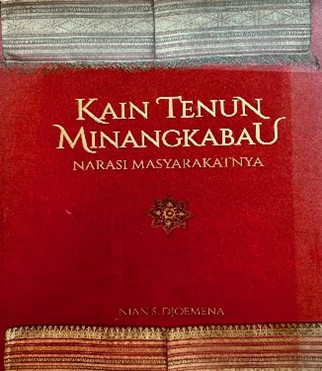
Author: Nian S. Djoemena. 2015. 195 pg. (Indonesian)
Publisher: Indonesia Kebanggaanku
The book explores the Minangkabau people and their exquisite songket weavings, narrated by Nian S. Djoemena, the first Indonesian female textile scientist to graduate from the Higher Textile School in Enschede, the Netherlands. Nian is the daughter of Rahman Tamin, a prominent textile tycoon associated with Ratatex in the early 1960s. In addition to her scientific achievements, Nian is also a writer and a collector of traditional Indonesian textiles.
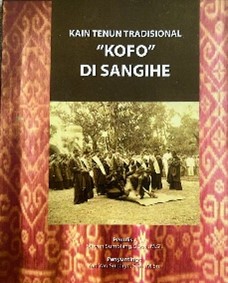
Author: Steven Sumolang, 2011. 100pg. (Indonesian)
Publisher: Indonesian Ministry of Tourism and Culture
Kofo refers to banana fibers, or abaka (Musa textilis), which are used to weave clothing on the island of Sangihe, located north of Sulawesi. This book is part of a program aimed at reviving indigenous textiles of Southeast Asia. It focuses on ceremonial textiles that are at risk of extinction. The book explores the history and functions of kain kofo, as well as the designs and their meanings, and discusses future prospects for these rare traditional textiles.
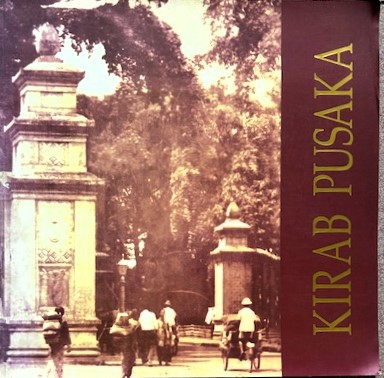
Author: K.P.T. Hardjonegoro, 2001. 24pg. (Bahasa Indonesia)
Publisher: -
This book powerfully commemorates the annual midnight cleansing ritual of a Procession of Heirlooms, held at midnight on the 1st of Suro in the Javanese calendar. Authored by K.P.T. Harjonegroro Go Tik Swan, it boldly honors his close friend, the Susuhunan of Surakarta Hadiningrat. The publication features striking historical photos of Susuhunan Paku Buwono XII, details the royal family tree, and offers a compelling explanation of the Kudhi weapon, written by Soewito Santoso Wiryonagoro. The Kudhi is an essential part of the procession, symbolizing a strong request for divine blessings to protect the nation.
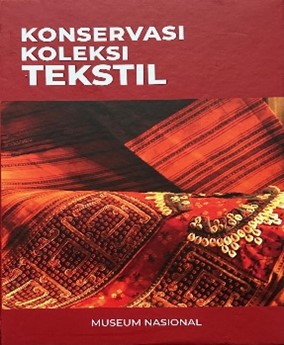
Author: Tim Penyusun Konservasi Museum Nasional, 2020. 282pg. (Indonesian)
Publisher: National Museum of Indonesia.
A conservation guide is an absolute necessity for every museum that showcases ancient artifacts. This publication is the foremost and most comprehensive resource on textile conservation produced by the National Museum of Indonesia. It is an invaluable tool for textile enthusiasts and collectors who are serious about preserving these treasures.
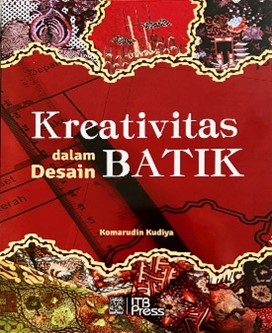
Author: Komarudin Kudiya, 2019. 24 pg. (Indonesian)
Publisher: ITB Press
The author outlines the creative process of making batik, detailing various techniques involved. These techniques include using cap (stamps) and canting (wax pen), knowledge about the wax and dyeing processes, arranging motifs and patterns, and understanding the final step of removing the wax.
Page 15 of 37